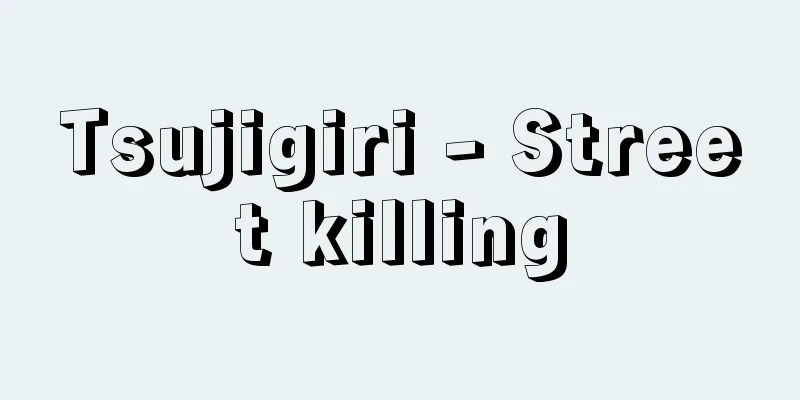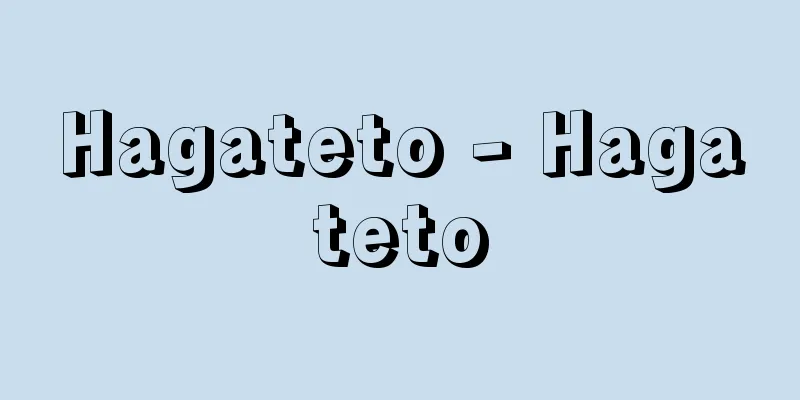Tsujigiri - Street killing

|
Killing a passerby on the street by suddenly slashing them. During the Edo period, samurai would do this to test their sword skills or the sharpness of their swords, and it was particularly prevalent in the early Edo period, causing public unrest. The shogunate frequently issued bans, and Article 71 of the second volume of the Kujikata Osadamegaki (1742) stipulates that "Anyone who commits a street slash will be paraded about and be sentenced to death." It decreased from the mid-Edo period onwards, but made a comeback in the late Edo period in the form of assassinations, robberies, etc. [Hiramatsu Yoshiro] Source: Heibonsha World Encyclopedia, 2nd Edition Information |
|
路上で不意に通行者を切り殺すこと。江戸時代,武士が自己の剣技あるいは刀の切れ味をためすために行い,ことに江戸時代初期に流行して治安をみだした。幕府はしばしば禁令を発しており,《公事方御定書(くじかたおさだめがき)》(1742)下巻71条には〈辻切いたし候もの,引廻(ひきまわし)の上死罪〉と規定している。江戸時代中期以後は減少したが,幕末には暗殺,強盗などの形でこれが復活している。【平松 義郎】
出典 株式会社平凡社世界大百科事典 第2版について 情報 |
Recommend
Quantum number - ryoushisuu (English spelling) quantum number
In quantum mechanics, physical quantities often h...
Vacuum distillation
Distillation under reduced pressure. Generally, th...
Orangery
… [Nobuo Sugiyama] [history] There is a story tha...
Kingdom of Bosporos
An ancient kingdom in the Kerch Strait region, whi...
Metallic soap (metal soap)
A salt of an organic acid such as a higher fatty a...
Jumping letters - Odoriji
A symbol indicating the repetition of the same cha...
Equus kiang (English spelling)
Perissodactyla, Equidae. A wild donkey also known ...
Jolley, Elizabeth
Born June 4, 1923 in Birmingham, England [Died] 13...
Bṛhat‐saṃhitā
This is a book of divination consisting of 107 cha...
Kajima Sakamoto
1866-1938 A publisher from the Meiji to early Sho...
Epidote (English spelling)
In a broad sense, it is a general term for epidote...
Sakuramakyusen
Noh actor. Shite actor of the Konparu school. Sec...
Gupta scripts - Gupta script (English spelling)
This is an alphabet that was created in India arou...
Common cold - kanbou (kaze) (English spelling)
What is the disease? The airway that passes throu...
Electron - denshi (English spelling) electron
A type of elementary particle. Symbolized as e or...









